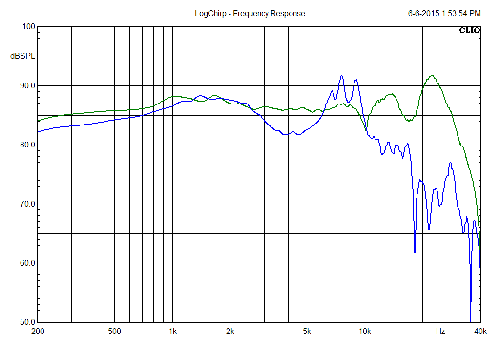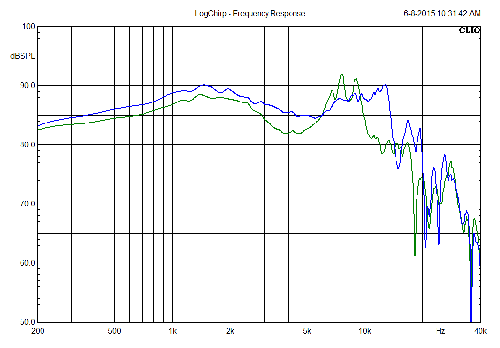The dramatic improvements of the M4 Mk2 speaker kit
Author: Sarah Date Posted:15 June 2015
|
Packing a sound punch in pocket size, the M4 Mk2 is an incredible improvement on a popular favourite. We started with the existing box but shifted the port away from the tweeter to provide a smoother top end. The new drivers and crossover are the secret to a major step up in sound. The original M4 had some cone breakup that wasn't resolved in the crossover. All mids, especially budget ones, exhibit this problem when the cone no longer operates as a perfect piston, and you can see a peak in the frequency response. The new crossover addresses this issue and the result is a dramatically improved midrange performance. The new M4 now features LSK branded drivers with performance that matches or exceeds most of the DIY favourites. Our production method means we are able to use better drivers for a given price point. In an entry level kit like the M4, the result is a dramatic improvement. Below you can see some frequency response measurements which compare the Mk1 to the Mk2, and also the Mk1 original to the Mk1 with a woofer upgrade installed. As you can see from the graph, there was never any baffle step compensation due to the very simple, low cost crossover in the Mk1, hence the rising response from 200Hz to 2kHz. You can also see the woofer cone breakups coming straight through with the peaks around 5-10kHz. In the Mk2, the new tweeter response is a dramatic improvement on the Mk1. With the woofer upgrade comparison, you'll notice that the biggest difference is that the 5-10kHz breakup peaks are gone. This removes that harsh, edgy sound that the original M4s had. The response from the upgrade is still not the most ideal but it is a big improvement. If you're an M4 Mk1 owner or you're looking for some versatile speakers which perform well above their price point, now is a great time to buy our M4 Mk2s.
|


